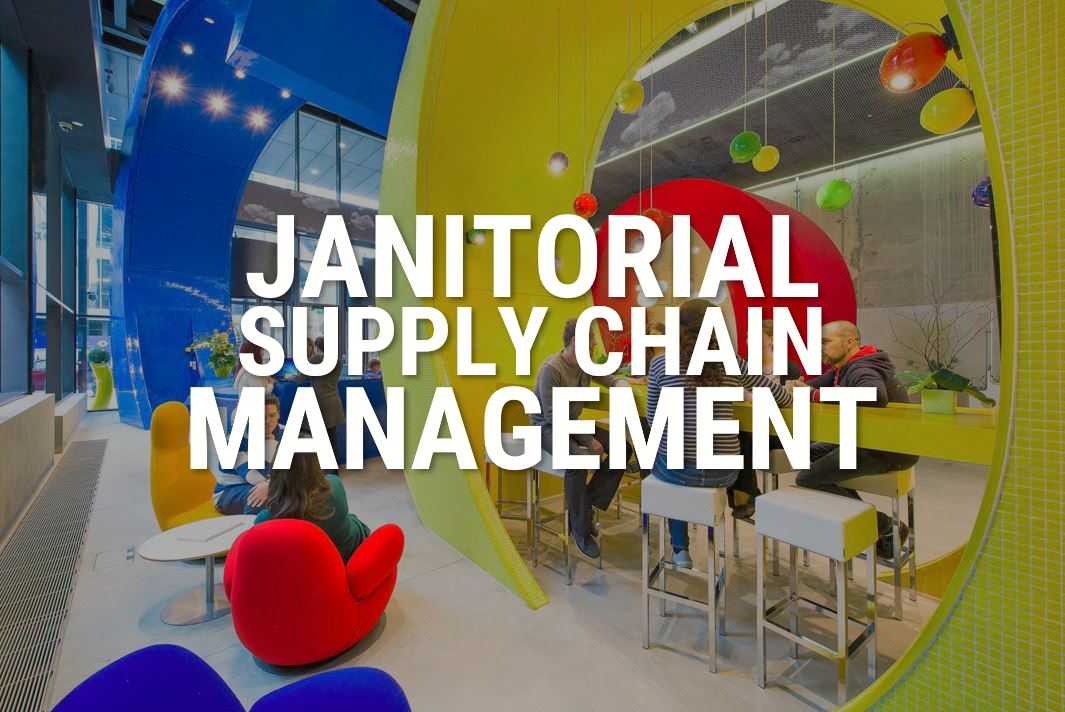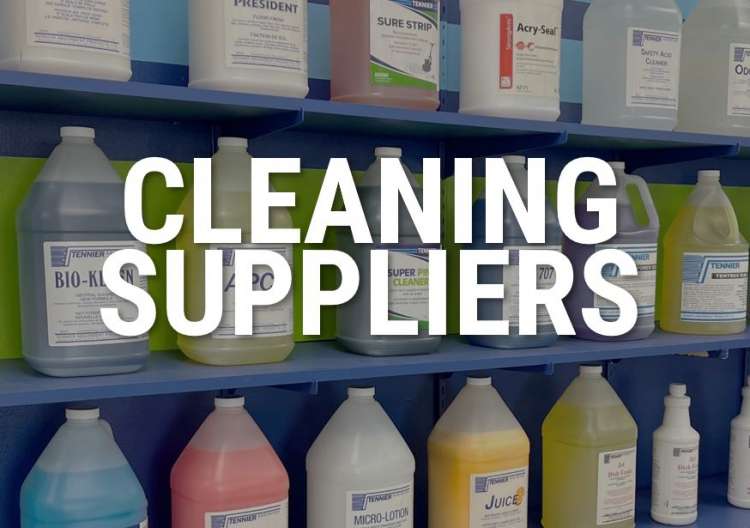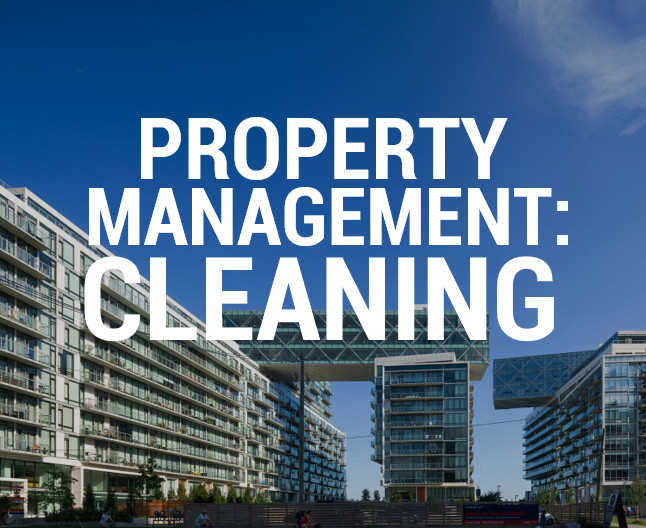It’s time to get strategic about your janitorial, sanitation and restroom supplies
“Hey, Chris? There’s no hand sanitizer in the dispensers in the back room again, and a client just said that they used the last of the toilet paper in the restroom,” says Bob as he passes the boss’ assistant in the hallway on a Wednesday afternoon.
And once again, Chris the admin assistant places a last-minute order for restroom supplies, paying retail prices, incurring rush delivery charges, and buying 10 cases of hand soap that weren’t actually needed because no one realized there were already a whole bunch of them stashed behind the vending machine in the break room.
It happens even in the best-run organizations, even when they have entire supply chain management departments: Everyone’s busy managing the core supply chain, while janitorial and bathroom supplies are an afterthought or an “I thought the cleaning company did that” oversight.
It’s costing you more money than you think
While every workplace is different, experts say that organizations typically spend $25-$50 per month, per employee on cleaning and restroom supplies. In a workplace with 200 employees, using the most conservative estimate, that’s $60,000/annually, on cleaning products and toilet paper alone. That’s before adjusting for pandemic-related spending on items like hand sanitizer for every employee’s desk, PPE products for on-site personnel, increased frequency of surface disinfections, etc., which have caused janitorial-related spend to increase by 50-100%, even if there are fewer employees on-site.
In other words, when janitorial supply chain management is an afterthought (or left to Chris the assistant), it can take a huge bite out of the bottom line. It’s time to think about it more strategically.
Here’s how:
1. Apply supply chain best practices to your janitorial supply chain
You’re already optimizing your supply chain process around the materials you’re buying for your core business: Apply the same approach to your janitorial supplies so that Chris doesn’t order from Staples one month and then pick up some extra toilet paper at Costco the next month.
2. Put someone in charge of supplies
The biggest challenge small, mid-sized, and even some larger organizations have when it comes to making their janitorial, cleaning and restroom supplies more efficient is simply that no one’s ever been officially put in charge of it all. Maybe the receptionist handles the bathroom stuff, the warehouse guy handles the matting, HR’s dealing with the PPE and the cleaning contractors just add the floor cleaner as a line item on their monthly invoice.
No one has line of sight into the big picture – and no one’s accountable for overall spend at the end of the year. Attaching responsibility to a specific role, and establishing KPIs around supply purchases, reduces rogue purchasing and waste, while driving long-term efficiencies.
3. Determine what supplies the organization is actually using, how much, and how often
Two of the ways in which janitorial supplies cost organizations more money than they should is overstocking and understocking: Those 10 cases of unused hand soap in the break room may have been put there because someone ordered 50 cases at once even though the organization only uses 2 cases a month and nowhere else to store the overflow; the lack of toilet paper may be because no one in the organization knows how many rolls are being used every week.
Solving this problem is relatively easy: Put someone in charge (see #2, above) of determining what the organization uses in a month. Monitor restrooms, break rooms, warehouse facilities, the cleaning contractors – and write it all down. Due to seasonality and business cycles, it’ll take a year to have really accurate data, but in the meantime the organization will start saving money (and time) almost immediately.
4. Consolidate suppliers (and negotiate better deals)
Once you know what the organization is really using in a month, you can go to janitorial supply companies and ask for their best deals based on volume pricing. While Costco is never going to give Chris a discount when he buys a few rolls of toilet paper every couple of weeks, a janitorial supply company will often provide discounts in exchange for a long-term contract to provide a wide variety of items.
5. Establish purchasing processes that are both streamlined and flexible
You don’t want every department to have to fill out 14 forms every time they need PPE for their team, or air filters for their workshop, or a selection of hand care products for the field offices. At the same time, the consolidated supplier volume discount you negotiated in #4 only works if rogue purchases are eliminated.
So you need to ensure that your purchase order process is relatively easy, responsive, and can be adjusted for short-term urgent requirements.
5.(b) Educate the organization (and encourage feedback)
Clients tell us that the single biggest obstacle to effective supply chain management around janitorial and restroom supplies is that employees are reluctant to use the system, either because they don’t know it exists, or they find it too complicated, or they don’t understand why it’s important.
The good news is that all these months of COVID mean that there’s never been a better time to speak to people about the importance of knowledge around cleaning product supply chains! So once you’ve mapped out your new system, take the time to present it to employees just as you would with any other strategic initiative within the organization. It’ll increase adoption, compliance, and reduce the frustration caused by unexpected shortages.
We can help.
For more than 80 years, we’ve been helping organizations across southern Ontario get the most out of their janitorial, sanitation and restroom supplies spend, using tools like our Keep-Full system (ensuring you never run out of key products) and our Inventory Express (ensuring you have what you need, when you need it).

Clients tell us that our systems can help reduce their janitorial spend by as much as 20% while reducing internal resourcing time – why not find out how we can help your organization, too?





